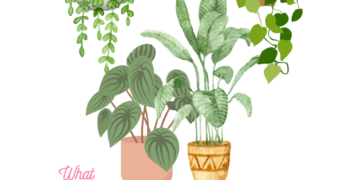
Native to Central America and Mexico, pumpkins have been cultivated by the Native Americans of the United States for thousands of years. They were a crop before corn and beans! The word pumpkin comes from the latin word “Pepõn” which means “large melon” and was then altered by the French to “pompon” and eventually evolved in English to the pumpkin we call it today. Pumpkins are part of the gourd family along with cu- cumbers, watermelons, honeydew melons and zucchini. They are found on all continents except for Antarctica!
One of the more popular things to do with pumpkins aside from eating them is to carve them into jack o’lanterns. We can thank the Irish for this tradition! They originally carved turnips in Ireland, but when folks immigrated to the United States, they discovered that pump- kins provided a larger canvas and were easier to carve. In Ireland it was traditional to visit homes in search of food and drink, and with them they carried lanterns carved from turnips to light their way in the cold autumn evenings. Perhaps a precursor to our familiar tradition of going trick-or-treating?
It amuses me that in the United States we often associate pump- kins with sweet treats such as pies, cakes, and the ever popular Pumpkin Spice Latte. When I was in New Zealand for the first time meeting my now husband and his lovely family, they served me roasted pumpkin along with other roasted vegetables for dinner. Imagine my surprise at their surprise to find the concept strange. The roasted pumpkin was delicious, but certainly a novel way for me to experience the gourd. I, in turn, introduced them to our pump- kin pie which was met with equal surprise and mixed results. I am always fascinated at the different ways people use the same item of food, and the pumpkin certainly is versatile in that way!
If you would like to have your own backyard pumpkin patch, it is advisable to plant seeds in May or June because they have a 90-120 day growing cycle. Make sure to give them plenty of space because the plants vine out and spread a long way. They require a lot of water to thrive, but try to avoid get- ting a lot of excess water on their leaves. If you want to make sure they do not rot as they ripen, prop up any growing pumpkins off of the ground. They are ready to harvest once they have reached their characteristic orange color, and should be relatively easy to cut or pull away from the stem.
There are a few health benefits from eating pumpkins. Like carrots, their orange color derives from carotene which has been known to help with many things including vision. They also contain Vitamin C, Vitamin E, iron and folate–all which can help boost your immune system. A good thing in the autumn especially as all of the usual illness suspects start to rear their mean old heads! Pumpkins are also rich in potassium, which can help with lowering blood pressure. Their fiber content is also something that benefits folks overall, but especially heart health.
































